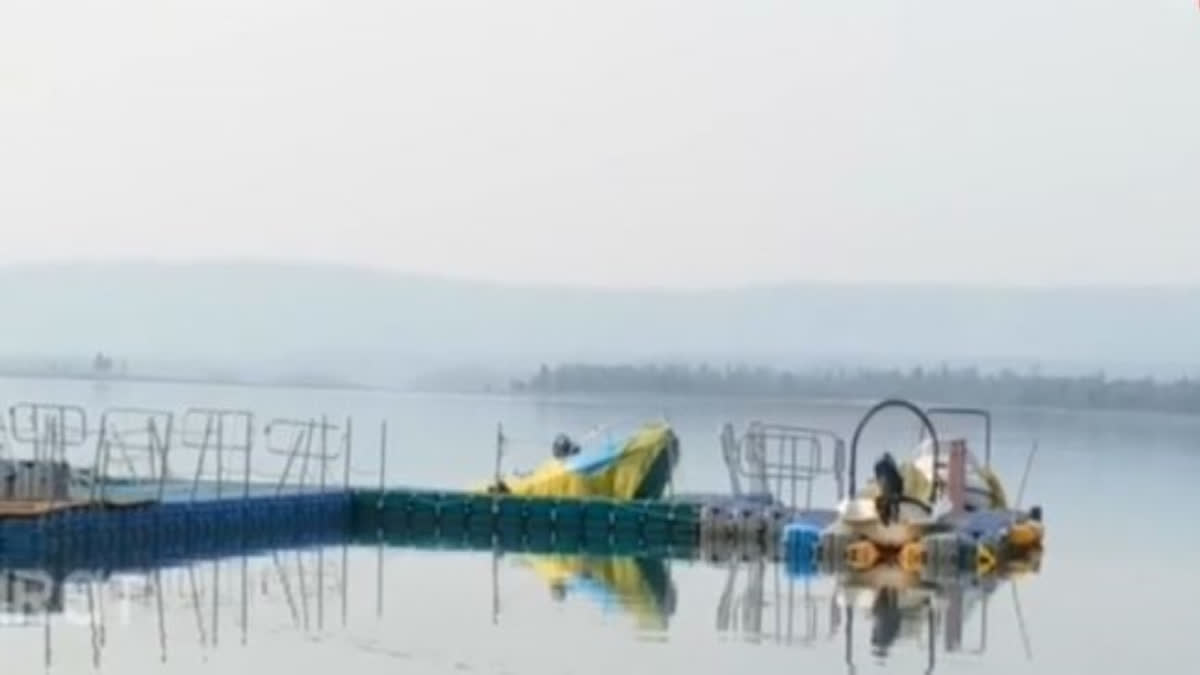Korba (Chhattisgarh): Power plants can damage rivers through thermal pollution, chemical discharge and alterations in river flow. The Hasdeo River, a major river in Chhattisgarh, supports millions of people with its water, which has been polluted for the past many years.
In Korba, numerous power plants rely on local coal to generate approximately 6000 megawatts of electricity. Unfortunately, these plants have caused river pollution, primarily through the discharge of ash. Additionally, deforestation and commercial mining are threatening both the Hasdeo River and the adjacent Hasdeo forest, often referred to as the lungs of Chhattisgarh.
The Hasdeo River Revival Scheme, initiated in 2021 under the guidance of the National Green Tribunal (NGT), targets a 20-kilometre stretch of the river from Darri to Urga, identified as polluted. According to Manik Chandel, junior engineer and scientist at the Environment Protection Board, Korba, “All power plants in Korba are now adhering to zero-disposal regulations and no polluted water is being released into the river.”
Chandel further noted, “We have established two Continuous Influent Quality Monitoring Stations as per NGT guidelines to monitor the river pollution across eight parameters.” Chandel also emphasised the role of individual efforts: “River water pollution is exacerbated by sewage. Residents should implement water harvesting systems to minimise contamination and enhance the river’s storage capacity.”
Dr Sandeep Shukla, Botany Professor at Government EVPG Agrani Mahavidyalaya, highlighted concerns about soil erosion in the Hasdeo River. He said that the students' research indicates a significant increase in silt and deterioration of the catchment area in recent years. “To restore the catchment area, we need to focus on planting more saplings,” Shukla advised.
Read More: CWRC Recommends Karnataka To Release 1 TMC Cauvery Water Daily To Tamil Nadu



